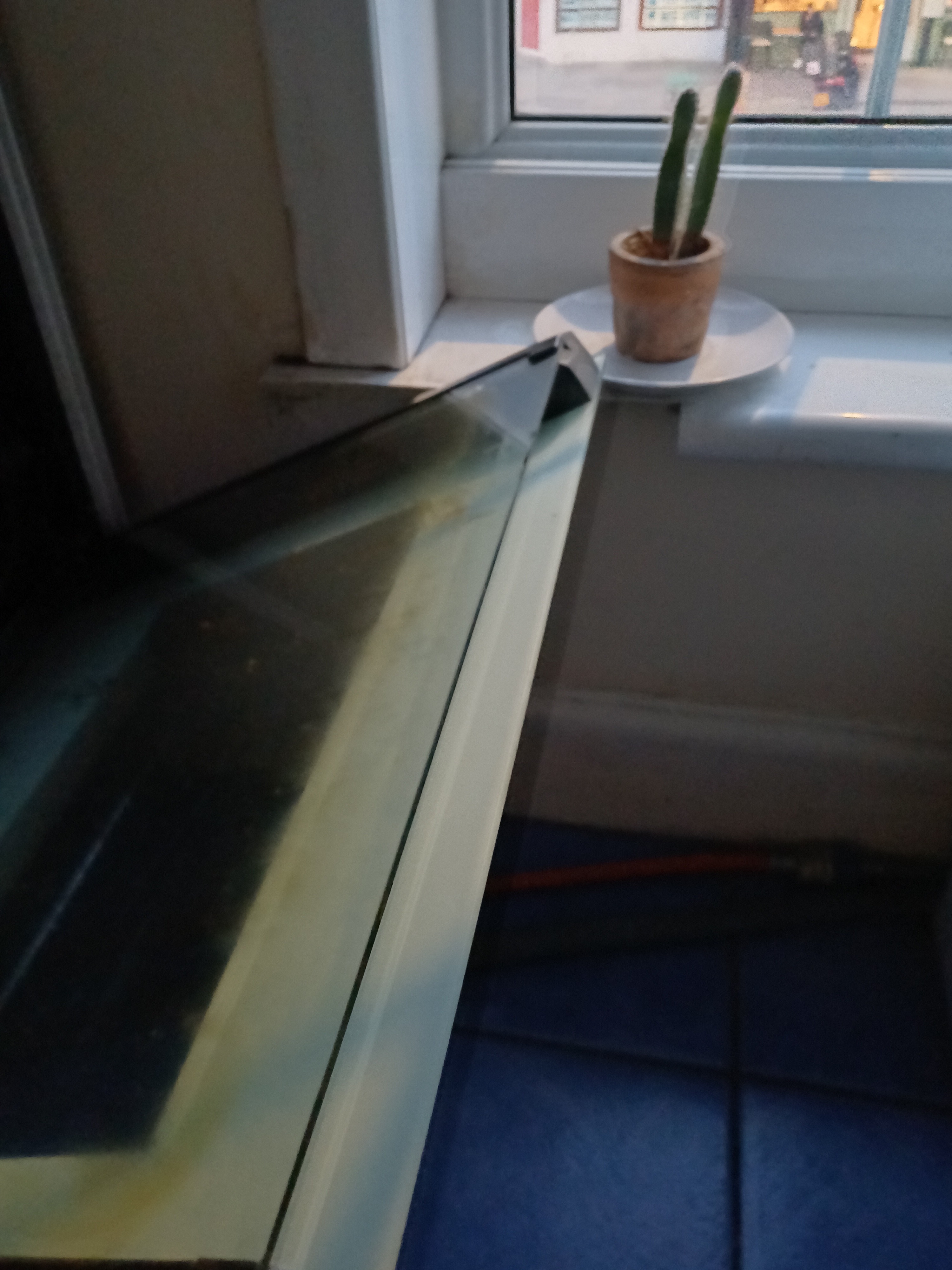Tell that to cycling phone snatchers in London
Soku
No need to apologise, we all have brain farts sometimes. And akshully, duchess potatoes are baked and so are your balls, so there's a crossover after all. It's all looking great!
I'm curious, where's the crossover between duchess potato and falafel? Totally different recipes and methods
Crimped?
All over it, non native English speaker who loves chocolate
Chocolate fudge pudding pie... that's a dessert that just keeps on giving, I'd be so over that
Depends on time and location? I think I saw an actual lemon, not a picture or flavour, in my teens? Whereas a variety of homemade pickles were just there
Sorry for the videos! I don't hate them but I can definitely see the attraction of images. Sometimes I need help with just one little step and a 30min video is really an overkill.
The last guide is very good for continental knit stitch. It shows the left hand with the yarn and where the fingers are in every step.
As for the mount. The gist is: you enter the needle the certain way and wrap the yarn the certain way. If done correctly, you'll end up with a nice fabric. If you mix techniques without knowing, it'll go haywire. This article has plenty of visuals and explanations.
First off, sorry I confused you even more because I used a wrong word in one sentence, edited it now.
Two distinct styles are continental knitting (yarn coming from the left) and English knitting (yarn coming from the right). Both have slight variations with their own names but it kinda makes sense. The schematics you provided don't demonstrate how the yarn is held or hooked behind the needle so it's not specifically continental. However, the way the needle is inserted to the stitch and the direction the yarn is wrapped, that's western mount. Good thing is, most infomaterials in English are based on western mount so the long descriptions of complicated stitches and decreases and all are based on it regardless of your continental vs English style so all that makes sense.
If you want some good visual for continental knitting, check out Nimble Needles or Roxanne Richardson in YouTube, both very proficient teachers. For Norwegian knitting check out Arne and Carlos, that's a subgroup of continental.
If you want me to ramble about mounts or find good visuals, lmk, otherwise I feel like I'm dumping too much stuff on people who haven't asked for any of it.
It's a very good visual how the stitches are formed. The e-book you linked goes even deeper, showing all kinds of useful basic stitches and providing a few easy to follow patterns.
But I would argue those stitches in OP are not continental per se. Continental knitting refers to holding the yarn in left hand, opposed to English knitting where the yarn is held in right hand. The imagery is for knit stitches, western mount, meaning that the leading leg of the stitch is on the right. In western style the same, leading leg on the right, would apply to purl stitches as well, as seen in the book.
Edit: changed a wrong term. Somehow the thought was running too fast and the eye didn't pick it up

Apparently you can even make meringue with it. Haven't tried that but I often make mayonnaise with aquafaba.